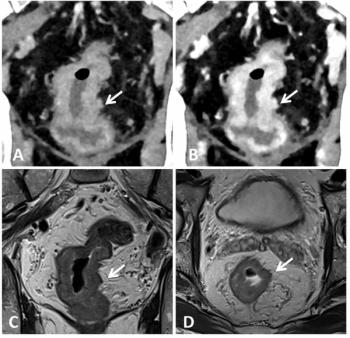
Celebrated author drives attention to Alzheimer’s research
Celebrity endorsements sometimes stir controversy. The efforts of renowned poet and educator Maya Angelou to help Alzheimer’s disease research, however, come with blessings from the neuroimaging community.
Celebrity endorsements sometimes stir controversy. The efforts of renowned poet and educator Maya Angelou to help Alzheimer's disease research, however, come with blessings from the neuroimaging community.
Angelou, 77, has witnessed the eclipse of friends under AD's effects. She has joined researchers from the National Institutes of Health's Alzheimer's Disease Neuroimaging Initiative to raise public awareness. The ADNI has distributed promotional material in English and Spanish and began recruitment on Feb. 9.
The group seeks 800 adults aged 55 to 90 to participate in a study aimed at identifying biological markers of memory decline and AD.
The subjects will be divided into three groups:
- 200 cognitively normal older people will be followed for three years.
- 400 people with mild cognitive impairment (MCI) will be followed for three years.
- 200 people with early AD will be followed for two years.
The outreach campaign, dubbed "Imagine stopping the progression of Alzheimer's disease," will feature Angelou in radio and print public service announcements.
The $60 million, five-year ADNI study is the most comprehensive effort to date to identify brain and other biological changes associated with memory decline. The NIH's National Institute on Aging (NIA) kicked off the effort with the support of more than a dozen other federal agencies and private sector companies and organizations.
Scientists are looking for new ways to detect and measure changes in the brain that occur with normal aging and with the progression of MCI, a potential preamble to early AD.
ADNI researchers will employ MR and PET scanning; blood, urine, and cerebrospinal fluid tests; and clinical and neuropsychological assessments to track MCI and early AD. These tests should allow them to evaluate the effectiveness of drugs before AD's onset. Investigators at 58 research sites across the U.S. and Canada will conduct this landmark research.
Imaging and other biomarkers for AD could become comparable to the cholesterol measures now used as biomarkers for heart disease. The insight from these tests will lessen the time and cost of testing drugs and will bring treatments to patients much sooner, said Dr. Susan Molchan, program director for the ADNI project at the NIA.
A unique feature of the project is the development of an imaging and biomarker database that can be tapped by researchers in both the public and private sectors as they develop and test drugs, according to ADNI's principal investigator Dr. Michael W. Weiner, a professor of medicine, radiology, and psychiatry at the University of California, San Francisco.
"Our goal is to 'see' critical brain changes and to identify biochemical indicators that may be useful in evaluating treatments aimed at slowing memory decline and AD," said Weiner, who is also director of the MR unit at the San Francisco VA Medical Center.
Angelou had previously touched on the subject of AD in her acclaimed 1998 film directorial debut, Down in the Delta.
For more information from the Diagnostic Imaging archives:
Newsletter
Stay at the forefront of radiology with the Diagnostic Imaging newsletter, delivering the latest news, clinical insights, and imaging advancements for today’s radiologists.



























